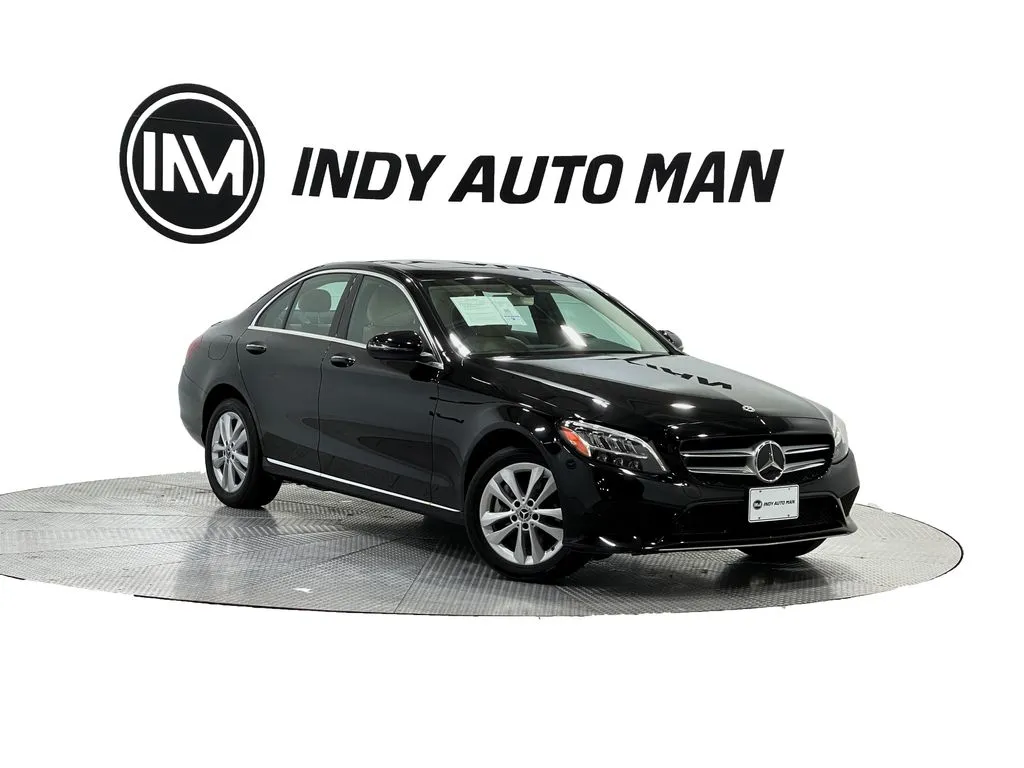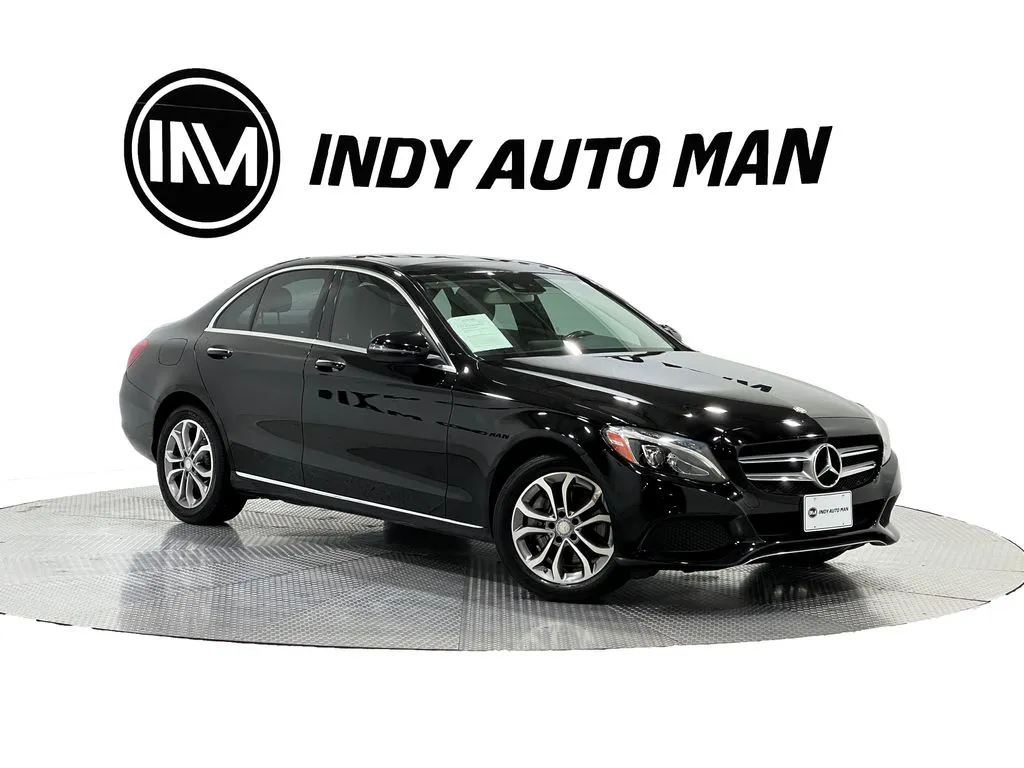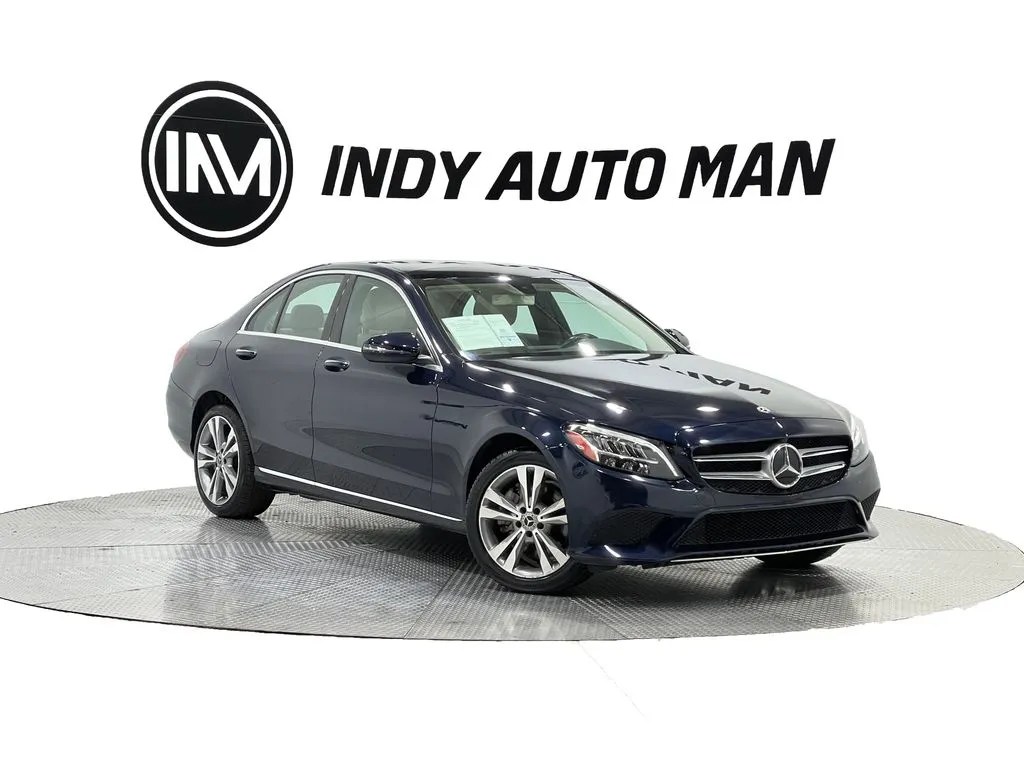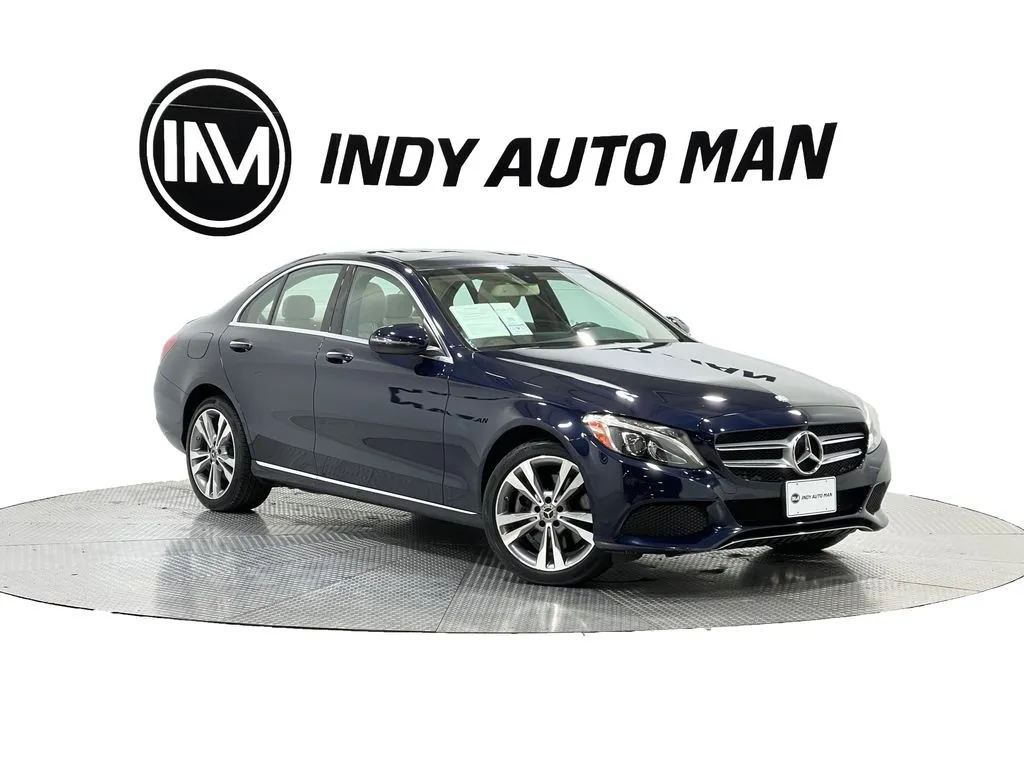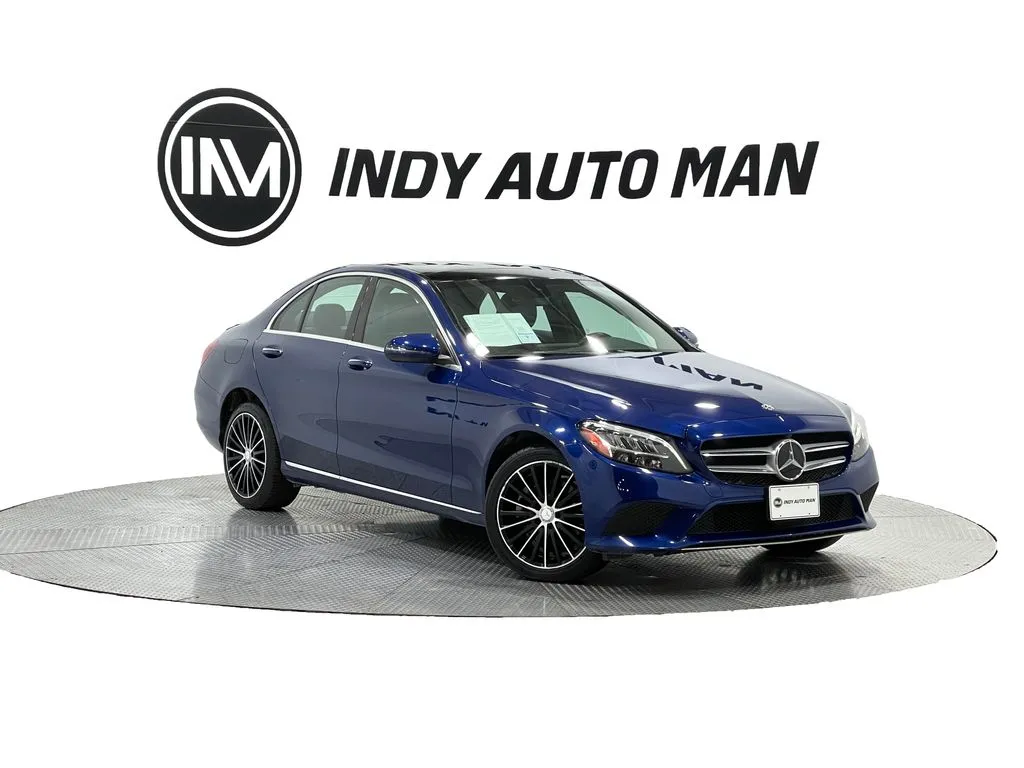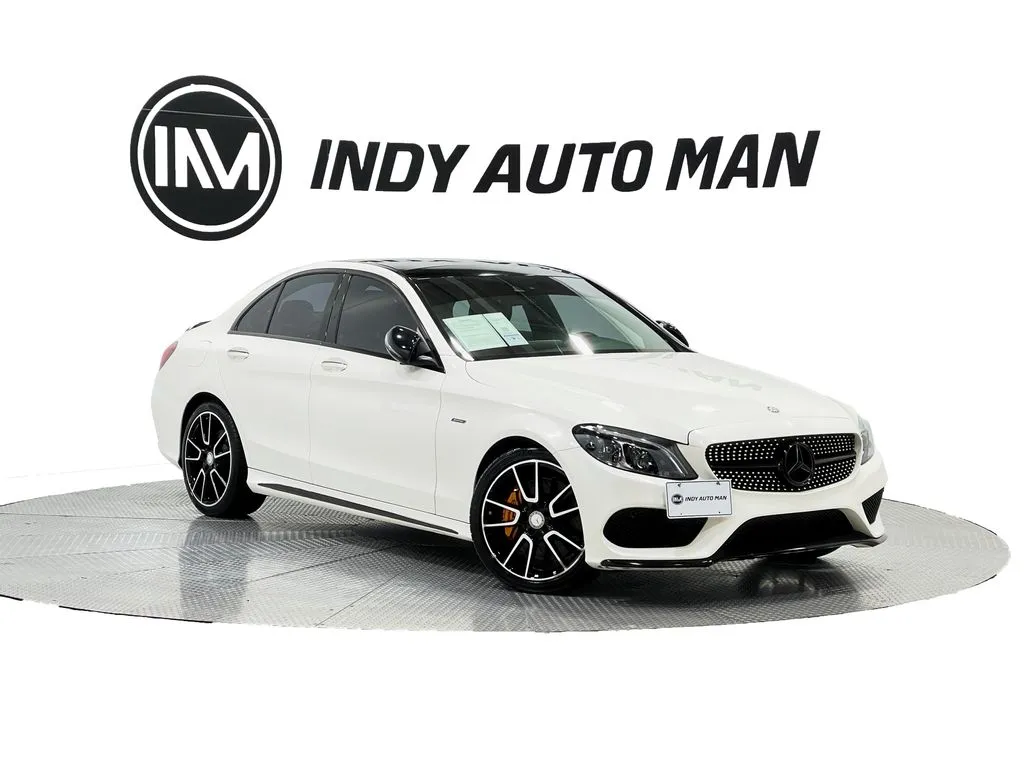Inline Engine Vs. V Type
Table of Contents

Inline Engine Vs. V Type: What’s the Difference?
“The engine lineup is a 2.5L inline-4 with a 3.5L V6,” says a sales brochure for a Toyota Camry . And what is the difference between the inline engine and V motor, except for the number of cubes and horsepower? Why did Mad Max pray to the god of the V8? Read about the features of the most popular automobile engines to get a clear view of what you need.
Motor Layout and Characteristics

Before talking about the design of engines, it is necessary to mention their layout. After all, it largely determines which engine will be installed under the hood. Although not always under the hood: there are cars, mostly sports, with a mid- and rear-engined layout, but in most civilian vehicles, the engine is still in front.
The motor can be located longitudinally or transversely. The first scheme is called the classic. It is typical for cars with rear-wheel drive (or FWD, but based on the rear). The longitudinal scheme imposes almost no restrictions on the size of the power plant and transmission. The gearbox can be huge, with a large margin of safety, and even end in the center of the car. This layout is typical for large vehicles with powerful engines and gearboxes: trucks, SUVs, premium sedans. But with the massive introduction of front-wheel drive, a more compact layout was needed.
Read about the top best selling cars in Indianapolis .
For front-wheel drive, it is necessary to install the power generator not longitudinally but transversely. Together with the gearbox, it must be placed under the hood and leave enough room for other compartments. Limited space requires compactness from both the transmission and the motor itself, so not all power plants are suitable for a transverse layout. This is typical for both front-wheel-drive cars and all-wheel drive , the 4WD system of which has front-wheel drive roots.
What Is the Inline Engine?

The classic internal combustion motor is inline, where all the cylinders are arranged in one row. Such design is denoted by the I or R letters with a figure indicating the number of cylinders (R3, R4, R5, R6). Although the R designation is rare, automakers do not single out the row of the motor, considering such a scheme to be ordinary. You will never see an R6 badge on the trunk lid, unlike a V6 – although the inline-six is in many ways superior to the V-shaped.
What Are the Advantages of Straight Engines?

Engine: Intercooled Turbo Premium Unleaded I-4 2.0 L/121
The inline 4-cylinder engine (R4) is the most common, as it falls into the most popular displacement range: from 1 to 3 liters. There are also more voluminous representatives: for example, the Toyota 15B turbo diesel with a cubic capacity of 4.1 liters, which is installed on the Mega Cruiser, the Dyna truck, and other models. The opposite example is the Subaru EN07 inline motor (models R1, R2, Pleo) with a volume of only 658 cubes. But these are still exceptions: minders consider 0.3–0.7 liters to be the optimal volume of one cylinder. Accordingly, most 4-cylinder engines have a displacement of 1.2 to 2.8 liters.
Another reason for the popularity of straight-four is its relative compactness. The R4 motor can be installed on almost any car longitudinally or transversely. While the straight-six R6 already has restrictions – additional two cylinders significantly increase the length of the unit. Engineers managed to install such an engine transversely in some cases (Volvo S80 and XC90, Chevrolet Epica) paired with a compact gearbox. But basically, R6 motors are installed lengthwise.
Smooth operation and elasticity distinguish inline motors. Six cylinders in line (Straight-6) is one of the best engine designs – such a scheme is balanced and devoid of vibrations. German ( BMW , Mercedes-Benz) and Japanese ( Toyota , Nissan ) manufacturers traditionally have used R6. Unfortunately, almost all of these power aggregators have now been superseded by the more versatile V6s.
Do Inline 8 Motors Exist?
The straight-eight motor has more problems due to its gigantic size. Today, such engines work only on ships and diesel locomotives, and on cars, they have been completely replaced by V8 engines.
Inline engines with an odd number of cylinders also exist (R3, R5). In most cases, they are based on the straight-four, which added or took away one cylinder. There are also two-cylinder cars (Fiat 500), but basically, R2 engines, like 1-cylinder engines, are used on motorcycles.
What Is the V Engine?

The main problem with a straight motor with six or more cylinders is excessive length. How to make it more compact? The engineers decided to arrange the cylinders in the form of the Latin letter V (hence the designation).
V-shaped engines are noticeably more complicated than inline ones:
- they have two cylinder heads (each with its gasket, camshafts, manifolds);
- a more bizarre timing scheme.
And the V-types vibrate: especially V6 and V10, and V8 is a little less. And only the formidable V12 is fully balanced. Like the R6, it is two straight-sixes connected. But you can meet V12 only on luxury cars and supercars.
What Are the V6 Advantages?
The basis of the popularity of the V6 motor is its versatility: it is compact enough, so it can be installed both longitudinally and transversely. The same Toyota stopped putting JZ series inline engines on its large sedans (Mark II, Crown, and their derivatives), switching to the GR V-shaped series, which can be found on a good half of the lineup: from front-wheel-drive Camry to Land Cruiser Prado SUVs. It is much more profitable to produce universal engines than specific ones.
What Is Wrong With the V Engines?
Balancing the V6 engine causes certain difficulties for engineers due to the moments wandering in it from the forces of inertia of the pistons and centrifugal forces. Most often it is needed to use balancing shafts, which further complicates the already not very simple engine design. The angle of the collapse of the cylinders for V-shaped motors can be different: usually, it is 45, 60, 65, or 90 degrees – the optimal values \u200b\u200bin in terms of vibrations.
Is the Inline Motor Better than V?

The ideal motor should combine all these advantages – be simple and reliable, powerful and economical. But more often, engineers have to make compromises:
- The straight-four is the basic engine of most cars. It is economical and inexpensive (of course, there are exceptions).
- The three-cylinder is a budget option for small cars, but it is not as bad as many think.
- V6 – the unit is more complex and expensive to maintain, although low-powered V engines may well be workhorses.
- V8 is a premium indicator and the only way to place eight cylinders at once under the hood of a modern car. The straight-six is the most balanced, simple and deservedly loved by many layouts, which is becoming less and less common.
Comparing engines is not an easy task, because each racer has unique requirements and selection criteria. For some, reliability and ease of maintenance are more important, the others need maximum power or look primarily at fuel consumption.
Address the Indy Auto Man’s highly qualified sales assistants for advice and buy a used car in Indianapolis with an engine that will totally meet your requirements!

